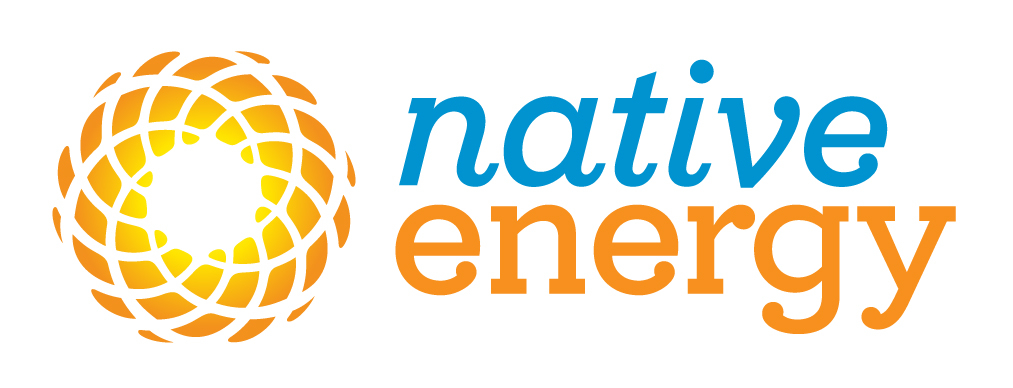America Recycles Day: 5 Important Recycling Tips
If you read this blog, you probably recycle. But do you recycle correctly?
The household recycling process has changed since it became popular in the 1970s. Many municipalities have expanded their capabilities, and some forward-thinking cities have even implemented curbside composting for food waste.
Nevertheless, improper recycling continues to harm efficiency and the entire process of material recovery at recycling plants.
Here are some tips to make sure your good deed is doing the most good.
1. Beware the food stains
Grease spots on pizza boxes and other paper containers are more than unsightly—they can actually ruin entire paper batches at the recycling facility. According to RecycleBank, “grease… causes oil to form at the top of the slurry, and paper fibers cannot separate from oils during the pulping process.” Ruining carefully recovered materials is, of course, that last thing you intend to do.
Solution: Contaminated paper products, including used napkins, paper towels, and pizza boxes, belong in the trash or compost heap. If tossing them makes you cringe, cut out the contaminated sections and recycle the rest.
2. Check the numbers
While many places, including Vermont’s Chittenden County, can recycle plastic numbers 1-7, not every municipality can. To find the “plastic number,” look for the recycling symbol on the bottom of containers; view this list of plastic types to learn more. Numbers 1 and 2 are the most commonly accepted.
Solution: Contact your local recycling facilities or visit the Earth911 database to learn what types of plastic are accepted in your area.
3. Rinse and repeat
Aluminum, glass, and plastics are heat-treated during the recycling process, so grease is not as destructive. But while careful washing is not required, a little effort on your end will improve efficiency at the recycling center.
Solution: Using soap is unnecessary, but rinse your recyclables before tossing them in the big blue bin.
About NativeEnergy
NativeEnergy is an expert provider of carbon offsets, renewable energy credits, and carbon accounting software. With NativeEnergy’s Help Build™ offsets, businesses and individuals can help finance the construction of wind, biogas, solar, and other carbon reduction projects with strong social and environmental benefits. Since 2000, NativeEnergy’s customers have helped build over 50 projects, reducing more than 2.5 million tons of greenhouse gases, and the company has over 4 million tons under contract. All NativeEnergy carbon offsets undergo third-party validation and verification. Learn more at www.nativeenergy.com.

